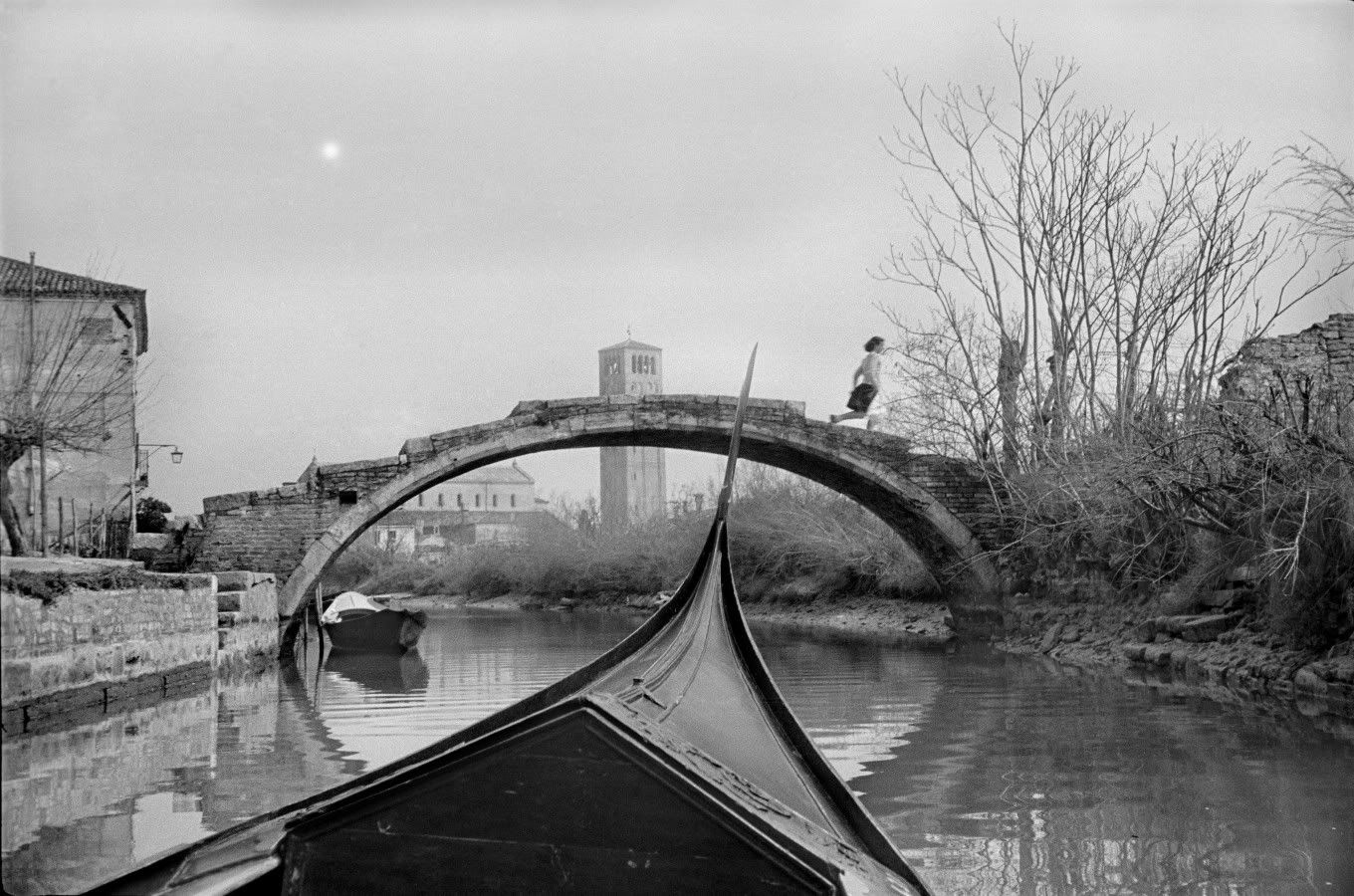HCB = Henri Cartier-Bresson
Itten said in "The Art of Color" something to the effect that a journey with a teacher is like being in a coach with a driver who knows where he is going. That view's opposite is that of the wanderer in the wilderness who does not know what he is looking for till he finds it. He will wander aimlessly and in circles of confusion and in all likelihood die before he gets there, such is the method of trial with the terror of error. If we hold to the view of Newton that if we have seen anything at all it is because we have stood on the shoulders of giants then we ought take good care of which giants shoulders we stand on lest they topple and fall and we be crushed beneath them.
On the subject of composition we deal not only with geometry or points, lines and planes held within the framework of an instant coffee of time, at least from Kandinsky's's viewpoint, but also the time of the life of the object of art as intended by the worker or it's creator we will get educated at last. Composition then takes on a sort of social priority in that Mr, Miss or Mrs General Public Viewer looks for an instant and remains unaware of all the author's trials to resolve that piece into what they (AUTHOR) perceive as its unified whole but not theirs (GP). Then we go onto Magritte and "this is not a pipe" to Foucault and the treason of pictures perhaps the reason why HCB ceased photographing and took up painting for all I know: I never met, nor ever will, meet nor greet him......................perhaps in paradise but not here in that ever present now. By way of extension a single letter is a picture and so is every word, thus we deal then with, the treason of language. One reflected onto the average Joe photographer on the street with a telephoto lens and the paranoia of people concerning paedophilia. The love of children does that make HCB a paedophile does it? NO, he was an agapeophile a lover of principals. He is reported to of liked Roger Bacon, there is no accounting for his tastes, see sentence with the line of dots if you doubt me.
Back then to the frame or that which is included in the picture and the range finder camera. The most important aspect of my experience with that little black box was the fact that the bright line viewfinder allowed me to see at the same time that which was to be excluded from the picture. As an aid to composition the bright line was like an easel under an enlarger. An effect I would love to see in digital cameras.



No comments:
Post a Comment